Some of the famous Hollywood movies are filmed or inspired by actual locations in Japan. These movies introduce beautiful places and interesting culture of the county to the world from the futuristic and gleaming city life to the treasure islands and historical architectures. Here we listed some of the well-known movies which contains the scenes shot in Japan or inspired by Japan.
1. Lost in translation
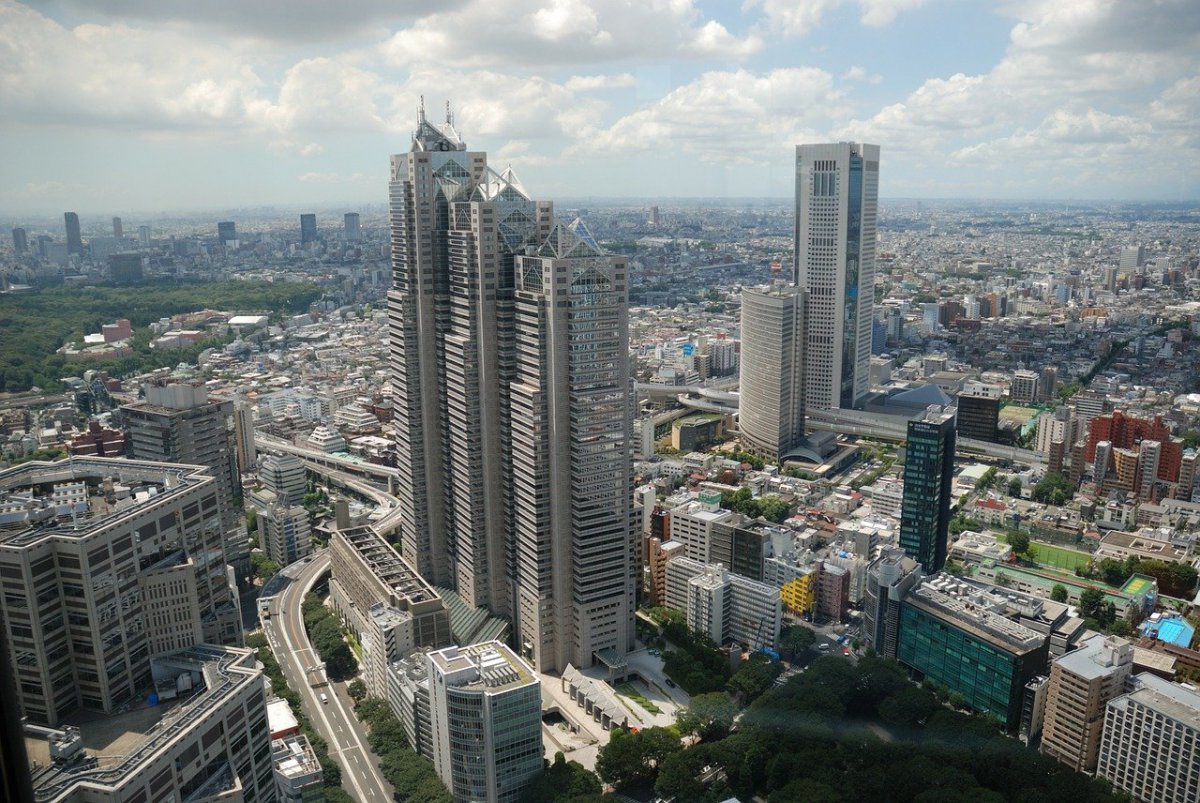
Lost in translation which was released in 2003 was almost entirely shot in Shibuya and Shinjuku in Tokyo. The Park Hyatt Tokyo is the hotel in Shinjuku where the two Americans who felt no small degree of culture shock in Japan spend most of their free time and meet each other. This is one of the most expensive hotels in Tokyo located just 15 minute walk from Shinjuku Station. In the movie, you will see the stylish “New York Bar” offering stunning skyscraper and live jazz music on the 52nd floor, the hotel lounge on the 41st floor, hotel rooms, a swimming pool, and a gym.
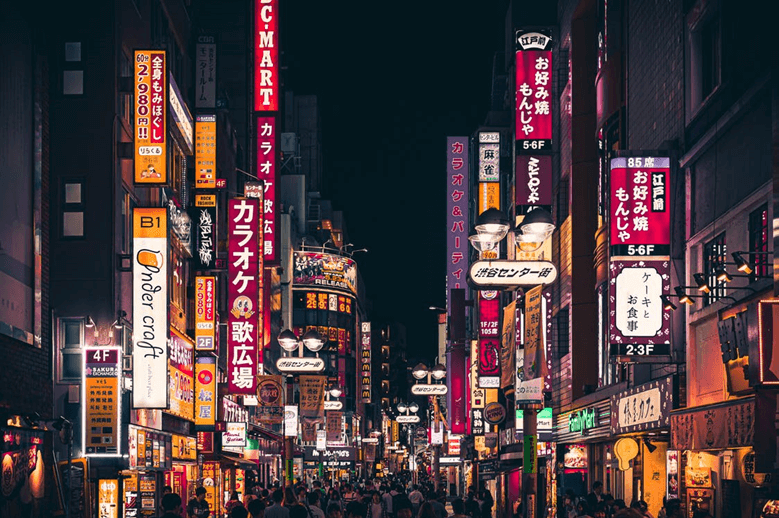
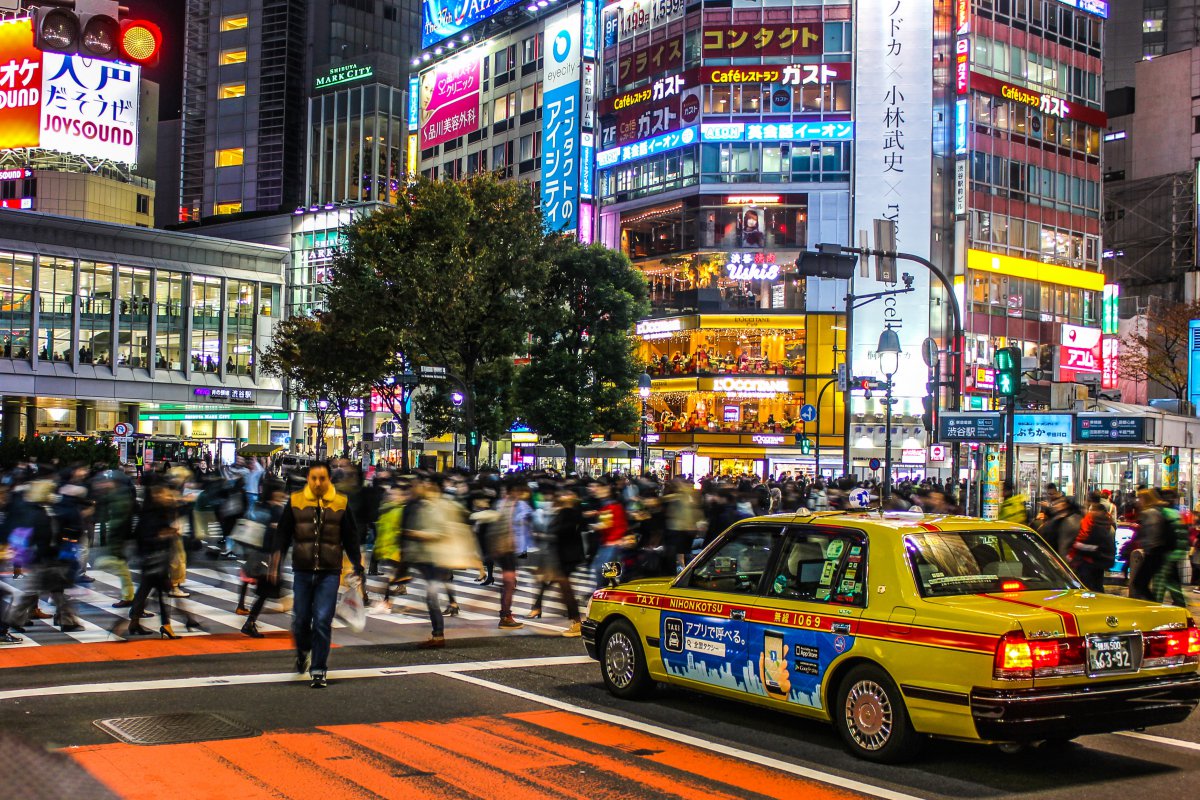
Other locations which appeared in the movie include the dazzling neon signs along Yasukuni Avenue and Kabukicho just northeast of Shinjuku Station, and Shibuya’s famous crossing in front of Shibuya Station Hachiko exit.
2. Kill Bill
Released in 2003, Kill Bill Vol.1 is an American martial arts film written and directed by Quentin Tarantino. Although Kill Bill Vol. 1 were shot mostly in Pasadena, Los Angeles and the Beijing Film Studio, many scenes were inspired by several location in Tokyo.
Gonpachi Nishi-Azabu which is about 10 minutes on foot from Roppongi station in Tokyo known as Kill Bill restaurant. It served the inspiration to the film and the set was constructed in Beijing. As you enter this kushiyaki (grilled skewer) restaurant, you will find a glass case displaying Kill Bill memorabilia and a photo from when Quentin Tarantino visited.
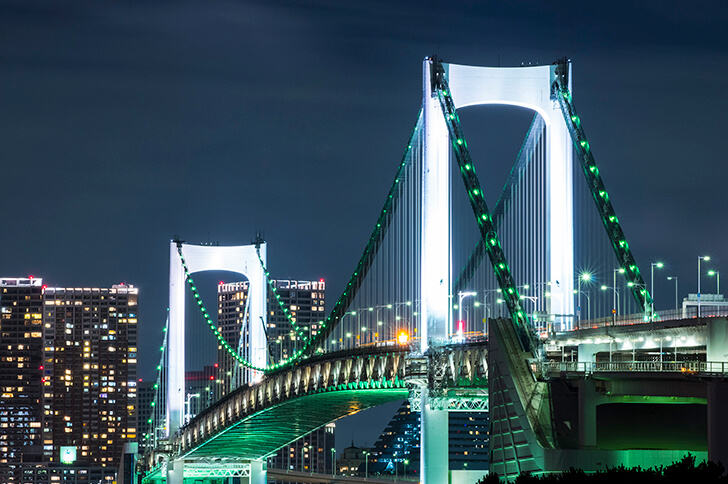
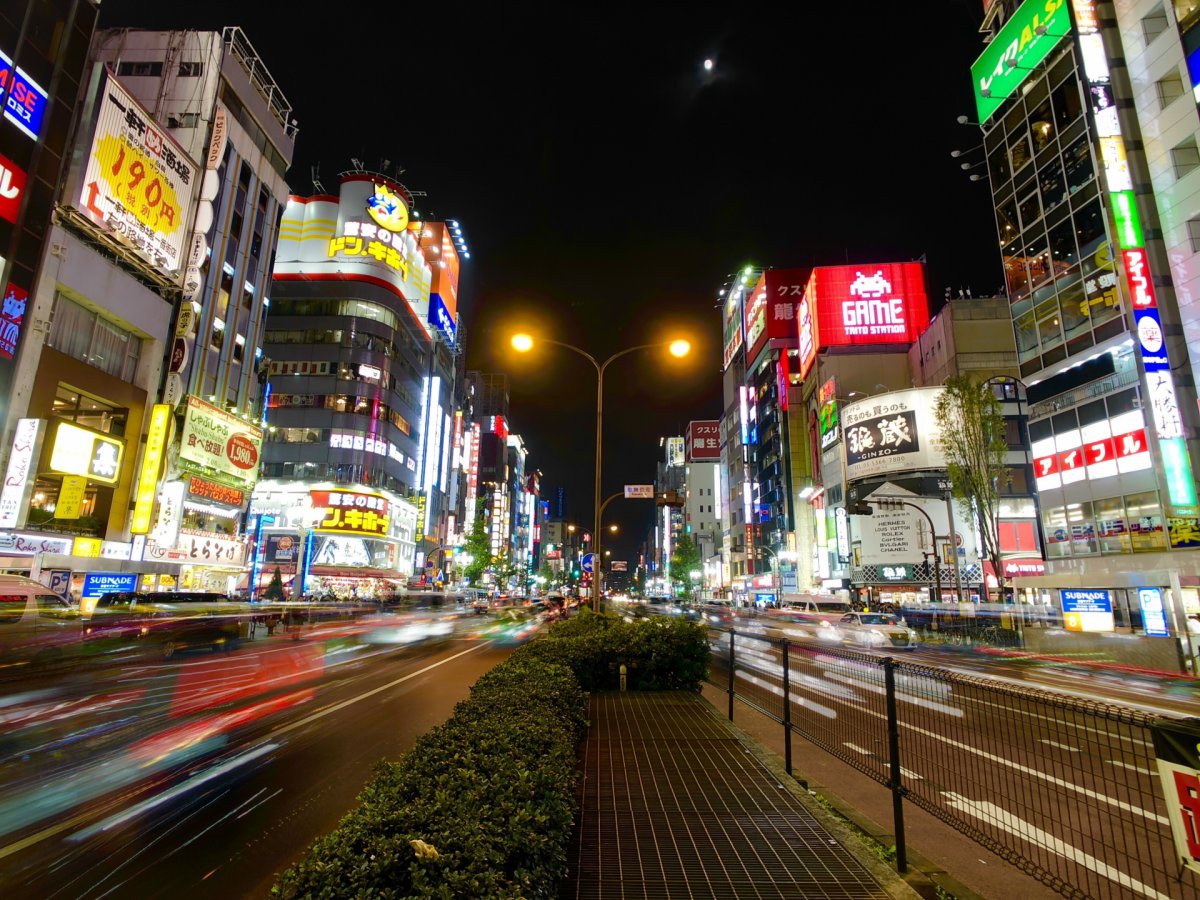
Other scenes which appear in the movie include the Rainbow Bridge which stretches across Tokyo Bay from Shibaura Pier and the Odaiba Waterfront, and the Yasukuni Anevue in Shinjuku.
3. The Last Samurai
Engyoji Temple on Mount Shosha located in Himeji City, Hyogo Prefecture in Kansai Region was chosen as a filming location for The Last Samurai (2003). This historical Buddhist temple complex was founded in 966 on the top of Mount Shosha. The temple’s buildings are spread over a spacious, densely forested area, surrounded by the beautiful scenery without any modern constructions on its temple grounds. Many scenes of the movie were shot outside and inside of the three massive wooden temple halls called Mitsunodo: the Daikodo (main hall), Jikido and Jogyodo.
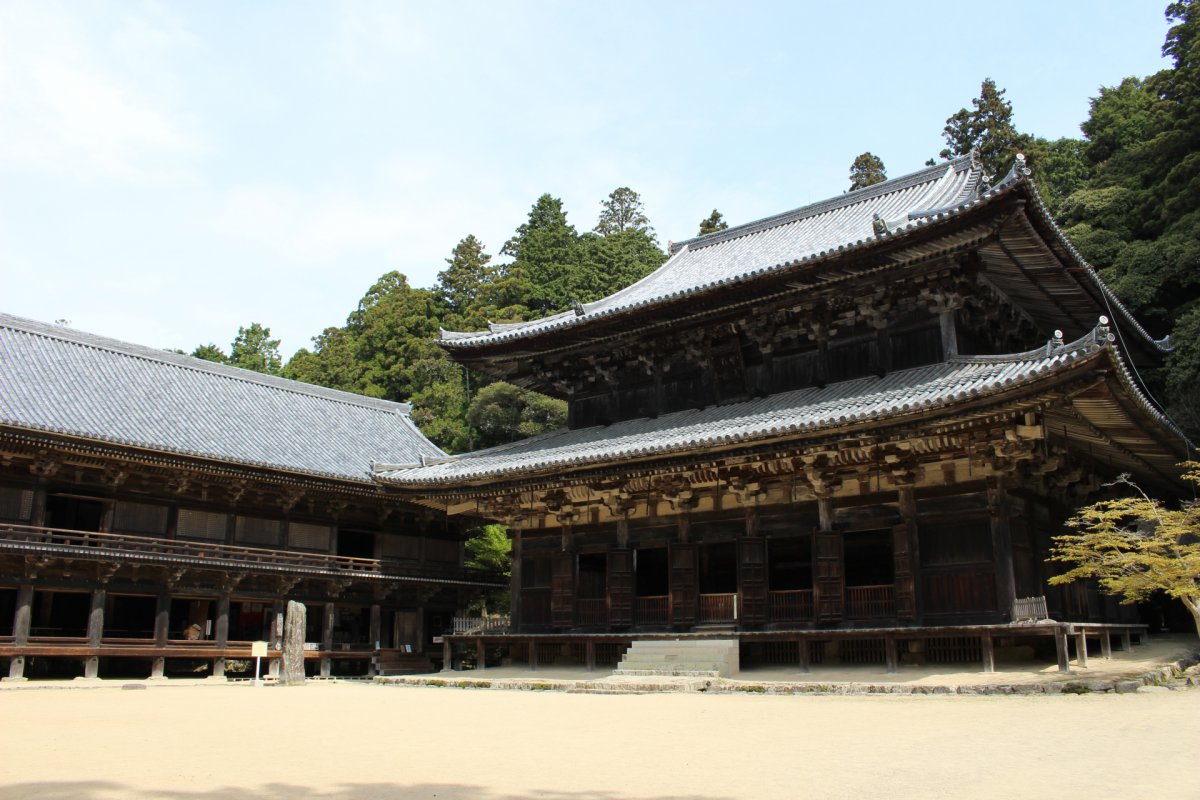
4. Babel
Babel, released in 2006 has won several film awards including Cannes Film Festival and Golden Globe Awards. The movie is about the married couple who was on vacation in Moroccan desert and an interlocking story involving four different families. The shootings took place in Japan, Morocco and Mexico.
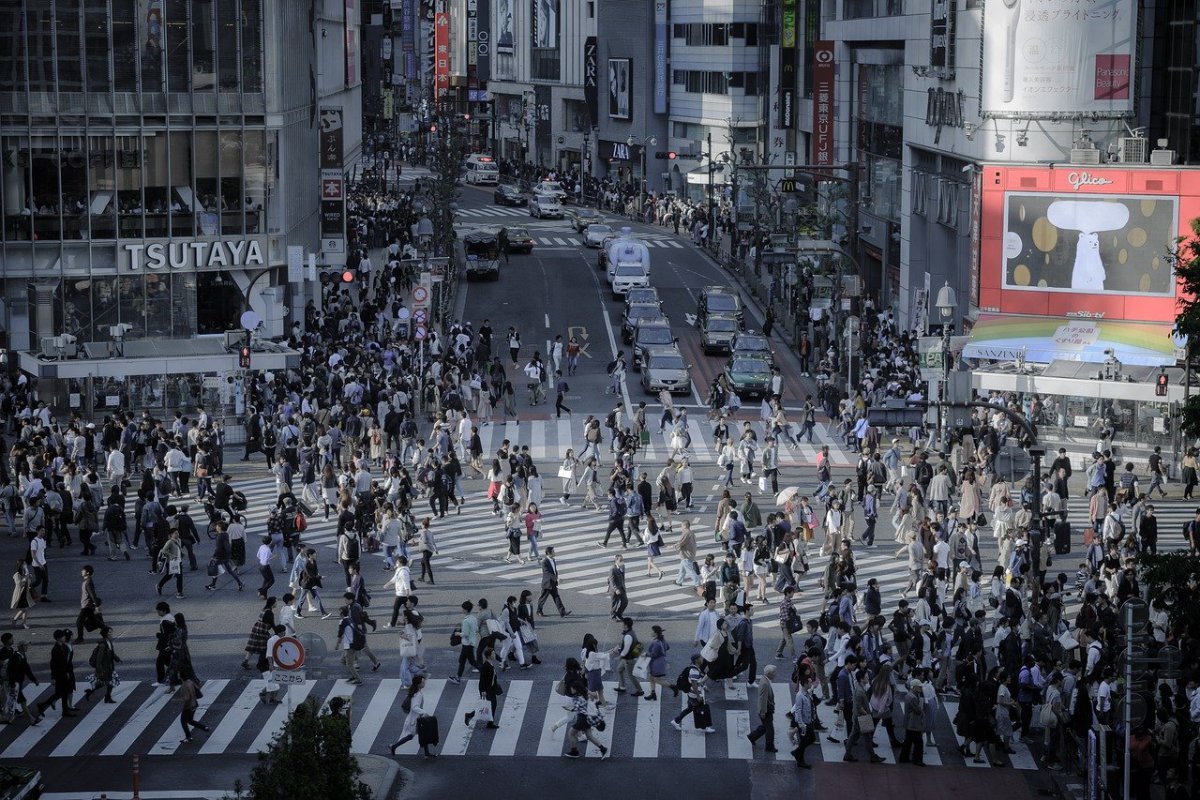
In Japan, the filming locations include the famous crossing in front of Shibuya Station Hachiko exit, J-POP CAFE and a nightclub Womb in Shibuya. The volleyball scene was shot in Ishioka Track and Field Stadium in Ibaraki Prefecture.
5. Letters from Iwo Jima
Directed by Clint Eastwood, Letters from Iwo Jima is a story of the battle of Iwo Jima between the United States and Imperial Japan during World War II from the perspective of Japanese who fought it. Although some scenes of the movie were shot in actual Iwo Jima, most of the shooting locations were Iceland and Southern California. Iwo Jima is one of the volcanic islands which forms the Ogasawara Islands located 1,200 kilometers south of the metropolis of Tokyo. Today there is no inhabitant on the island and it is under the management of Japanese Self Defense Forces.
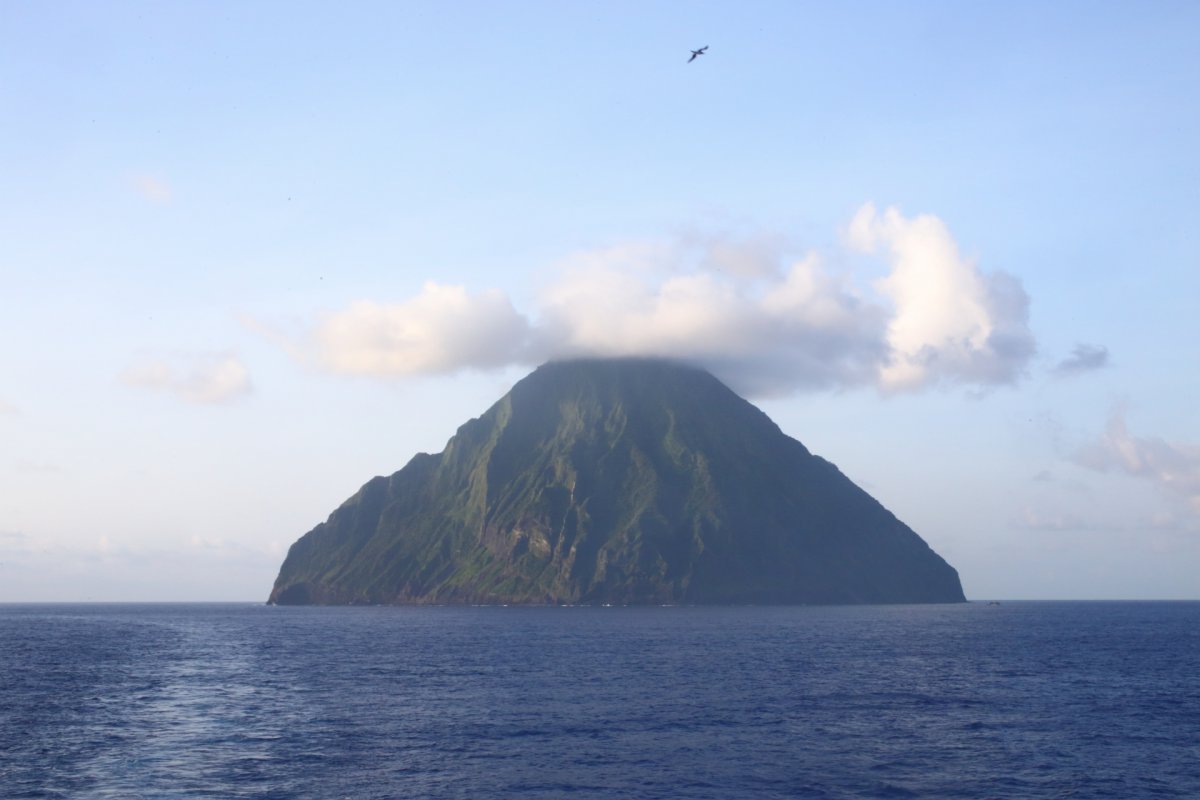
6. Inception
Inception is a science fiction action film released in 2010 starring Leonardo DiCaprio. In the first scene of Inception, you will see a Japanese castle above the coastline. Although the castle in this scene is digitally added to the shoreline in Abalone Cove Shoreline Park in Los Angeles, it was created based on Nijo Castle in Kyoto. Nijo Castle was built in 1603 for the first shogun of the Edo Period (1603-1867) and now it is opened to the public as a historic site. The castle buildings are one of the best surviving castle palace architecture of Japan’s feudal era, and the castle was designated a UNESCO World Heritage Site in 1994.
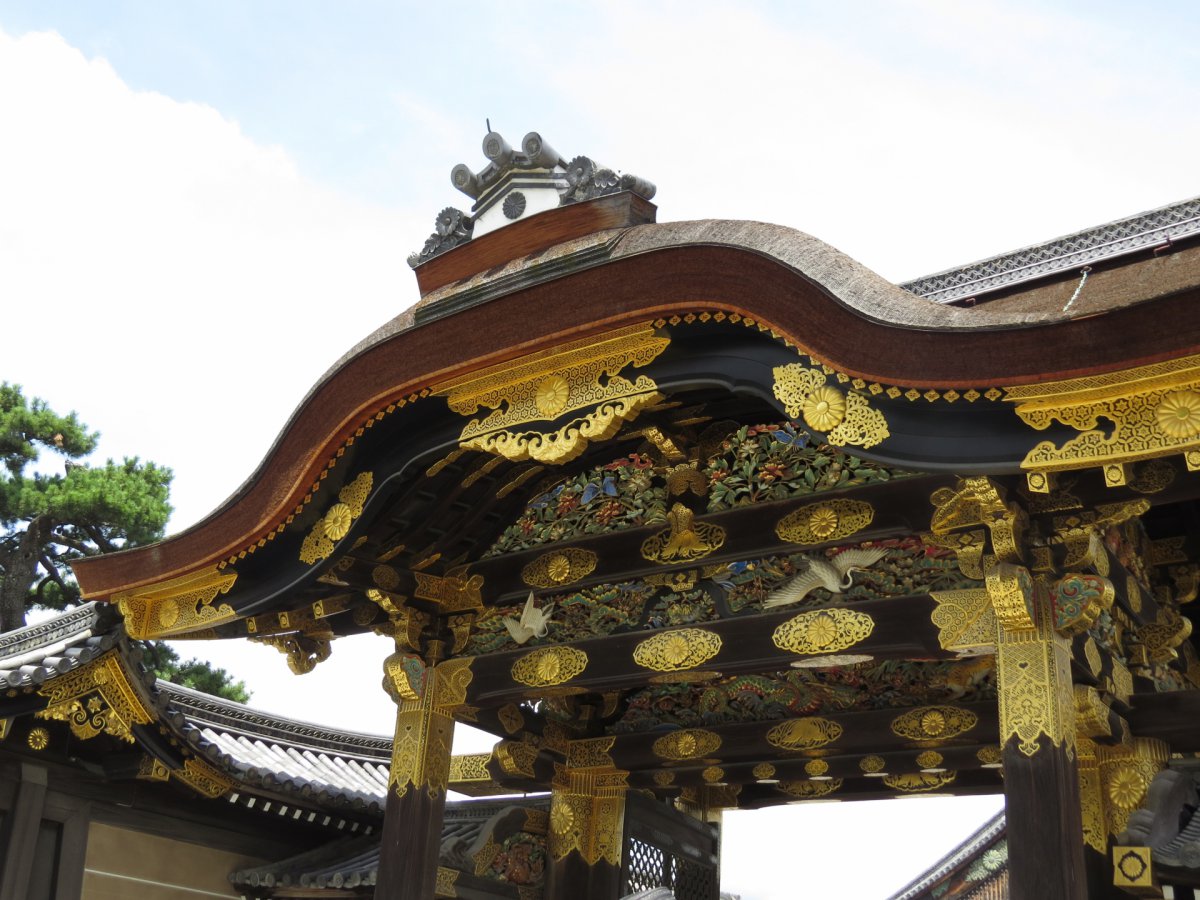
7. Resident Evil: Afterlife
Resident Evil: Afterlife is a 2010 action horror movie which is the 4th movie of Resident Evil series. Some of the scenes were filmed in Shibuya such as Shibuya crossing, 109 department store and Cerulean Tower which is a skyscraper featuring shops, restaurants, a hotel and offices. Nippon Budokan is another location appeared in the movie. Nippon Budokan is an indoor arena located in central Tokyo that was originally constructed for the 1964 Tokyo Olympics and today is used for martial arts tournaments and live music concerts.
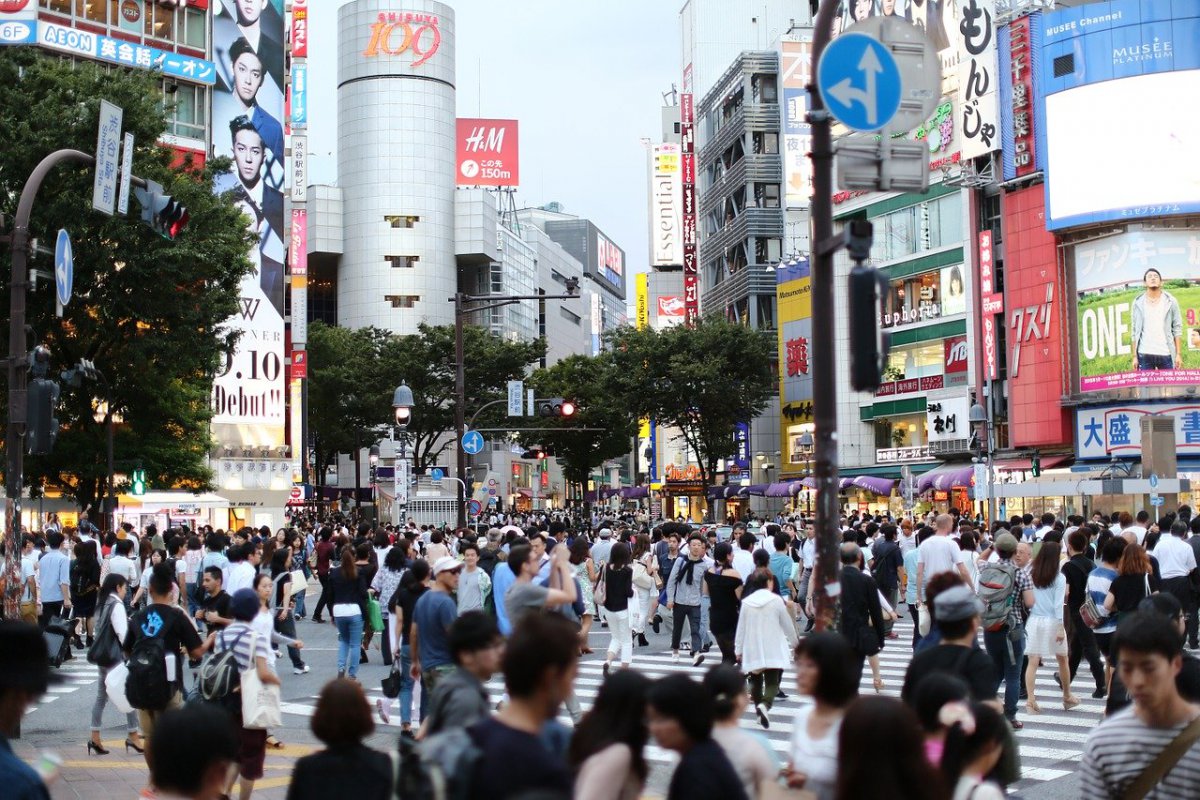
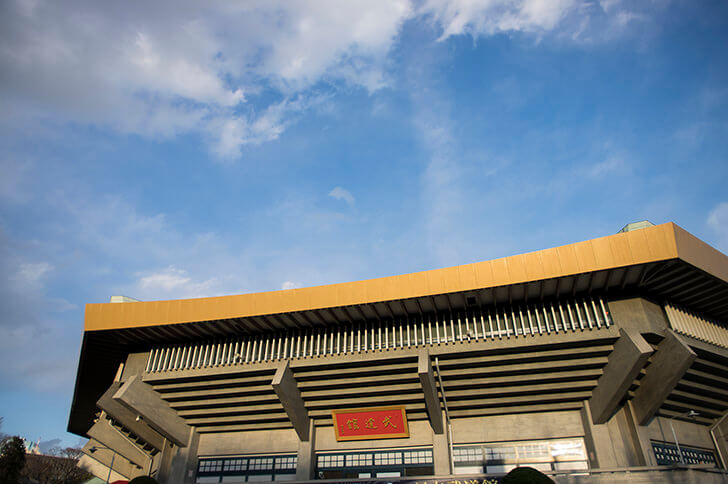
8. Pacific Rim
Pacific Rim (2003) is an American science-fiction monster film about a war between humankind and monstrous sea creatures. The movie is dedicated to the director of the original Godzilla movie, Ishiro Honda. Most of the shooting was undertaken in Toronto, Canada. The “Tokyo” street, seen as a recollection of terrifying monster attack in the movie, is the stretch of Elizabeth Street in the north of Toronto. The classic Japanese woodblock print The Great Wave off Kanagawa created by Hokusai was a common motif in the ocean battles in the movie.
9. The Wolverine
The Wolverine is a 2013 superhero movie featuring the Marvel Comics character Wolverine. One of the shooting locations for this movie was Zojoji Temple in Tokyo with Tokyo Tower loomed large in the background. Several other locations in central Tokyo also appear in the movie such as Yasukuni Avenue in Shinjuku, Big Apple Slot & Pachinko Parlour in Akihabara, Jewellery Bridge in front of Ueno station and Nakagin Capsule Tower in Ginza. In addition, some scenes were filmed in ports and pier in Hiroshima Prefecture and an island in Imabari City, Ehime Prefecture.
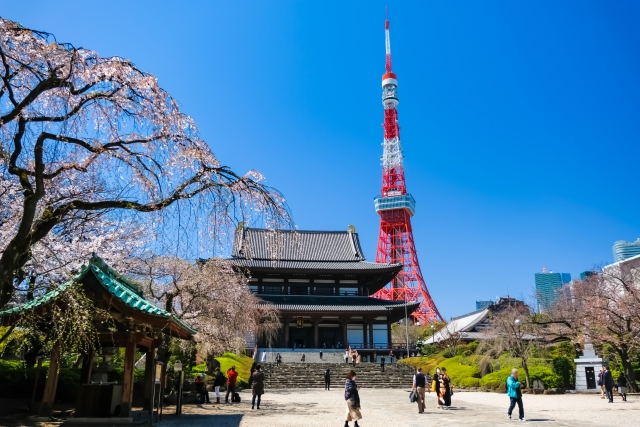
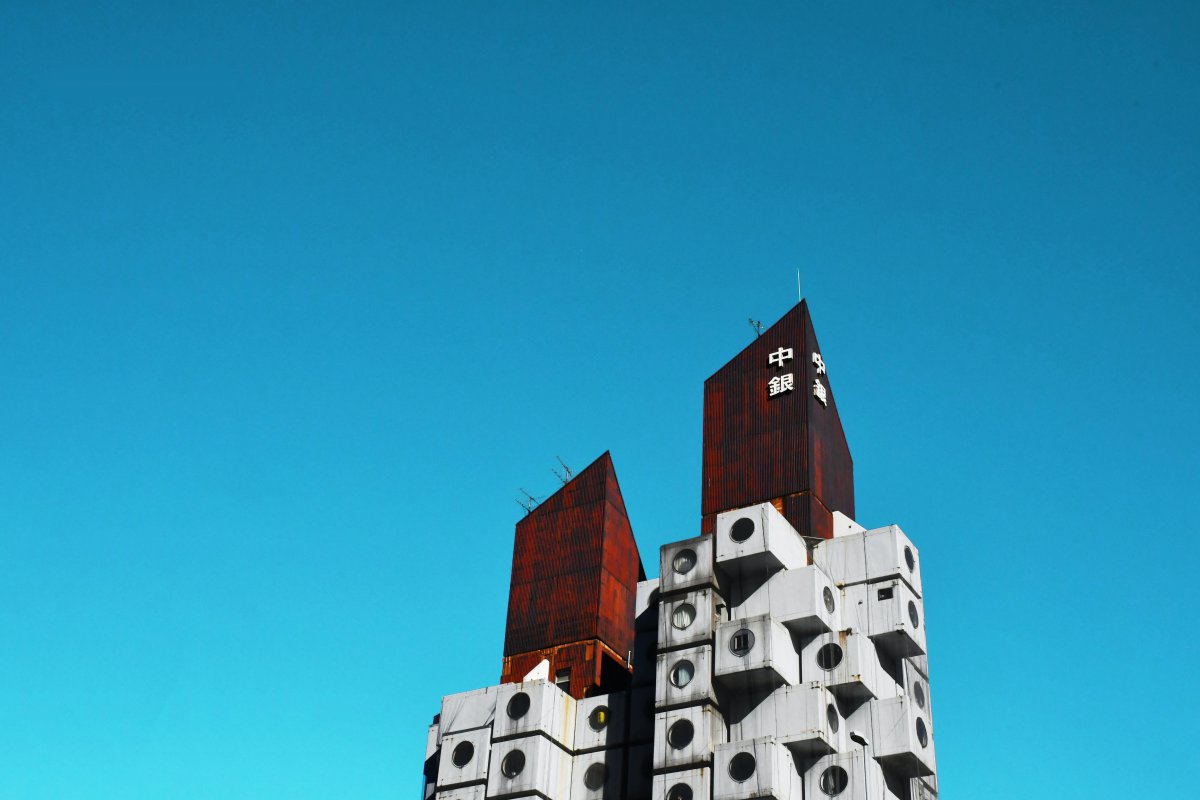
10. Godzilla
Godzilla is a fictional enormous sea monster awakened and empowered by nuclear radiation. The character first appeared in Ishiro Honda’s 1954 film Godzilla and other 32 films produced by Japanese film, theater production Toho. There are three Hollywood films featuring Godzilla: Godzilla (1956), Godzilla (2014), Godzilla: King of the Monster (2019).
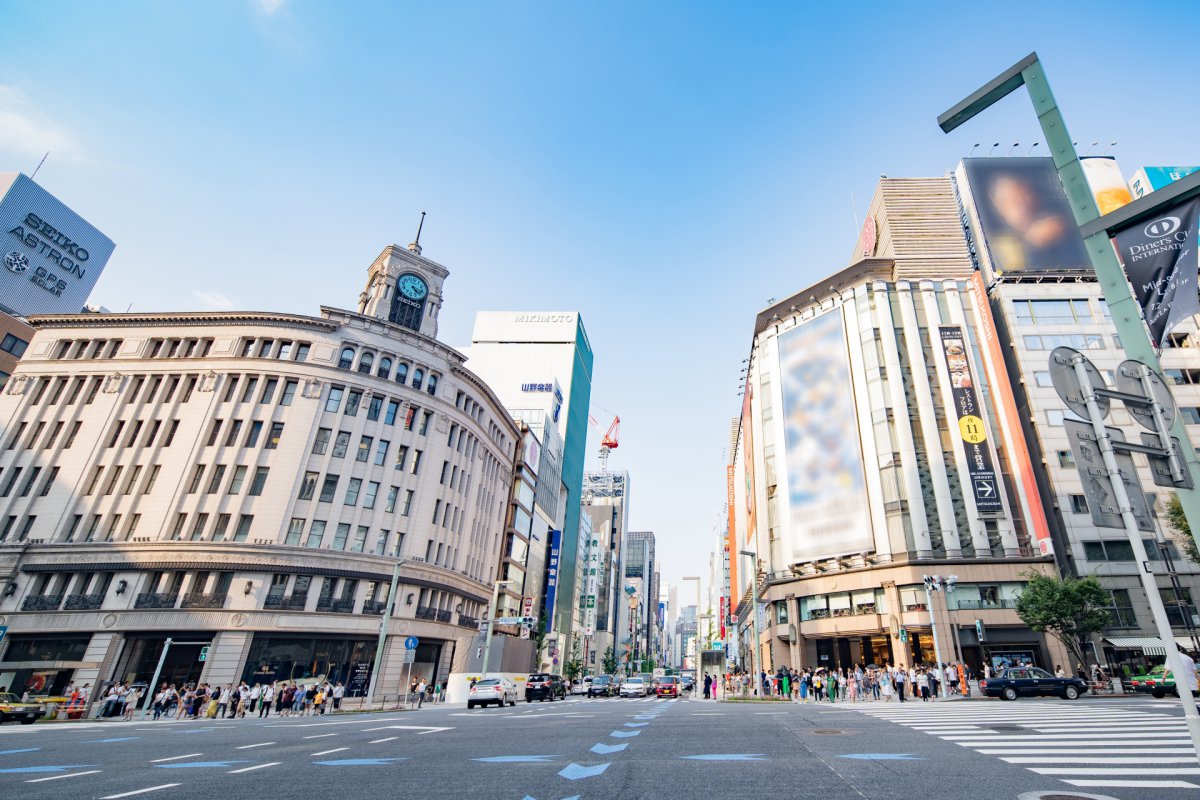
Godzilla (1954) was entirely shot in Japan while American produced Godzilla series were shot in other countries and studios. In Godzilla (1954), the miniatures of Tokyo were built in a studio for the scenes when the monster destroys the city. Godzilla comes ashore at eastern Tokyo Bay, crashes Shinagawa Station, stomps through the city on his way to the central shopping district, Ginza. In Ginza, he torches Matsuzakaya Department Store (now closed for business), tears down the iconic clock on the Wako Department Store standing at the main Ginza crossing. Then goes on to destroy Tokyo Marion Building in Yurakucho, which is just next to Ginza, then head to the major government district in Kasumigaseki where he smashes the national assembly hall, the Diet Building. He also destroys Kachidoki Bridge at the mouth of the Sumida River before returning to the ocean.
11. Silence
Silence is Martin Scorsese’s epic historical drama movie released in 2016. The movie was set mostly in 17th century Nagasaki Prefecture when the Catholic Christianity was strongly suppressed by the Japanese government. In 1635, Japanese government activated a decree called “Sakoku” to severely limit international trade between Japan and other countries to eliminate foreign influence for over 220 years. Nagasaki was the only port in Japan that was open to international trade during Sakoku and this is where missionaries came to introduce Christianity to Japan.
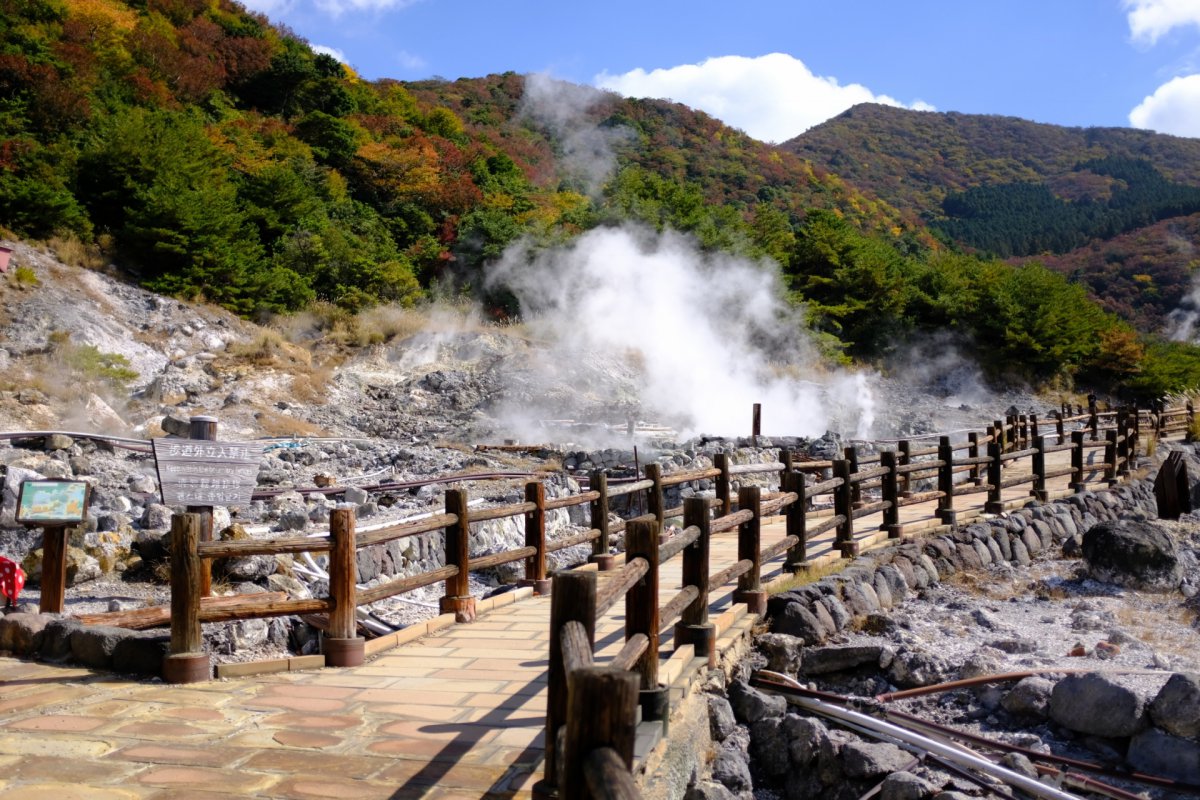
Although the movie was entirely filmed in Taiwan, it depicts a real location in Nagasaki such as the steamy hot springs area Unzen Jigoku (Unsen Hell).
Japan Wonder Travel Tours
Japan Wonder Travel is a travel agency that offers guided tours throughout Japan.
From private walking tours to delicious Food and Drink tours, we can help you organize the best tours just for you! If you want to explore Japan and learn more about the history and backstories of each area you are visiting, our knowledgeable and friendly English speaking guides will happily take you to the best spots!
In addition, we can provide you with any assistance you may need for your upcoming trip to Japan, so please feel free to contact us if yu have any questions or need some help!
▶Tokyo Tsukiji Fish Market Food and Drink Tour
Explore the most lively and popular fish market in Tokyo and try some of the local’s favorite street foods and sake with one of our friendly and knowledgeable English speaking guides!

▶Tokyo 1–Day Highlights Private Walking Tour (8 Hours)
There’s no better way to explore an area than taking a tour with a knowledgeable local guide. You will have the chance to learn about the history and interesting background stories of Tokyo, as well as discover some hidden gems which can be hard to do without a guide.

▶Mt. Fuji Day Trip Bus Tour from Tokyo
Experience the breathtaking views of Mt. Fuji by visiting the highlights of the area on our guided sightseeing bus tour! Departing from Shinjuku in central Tokyo, you can travel comfortably to all of the best spots in the area by bus.

How was our list of movies which was filmed or inspired by actual locations in Japan? Have you seen any of those movies? It can be interesting to visit some of these places after watching the movie or vice versa.
Follow us on Instagram or Facebook for more travel inspiration. Or tag us to get featured!
Happy travelling!
Read more like this

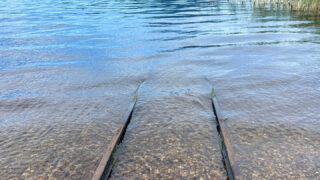
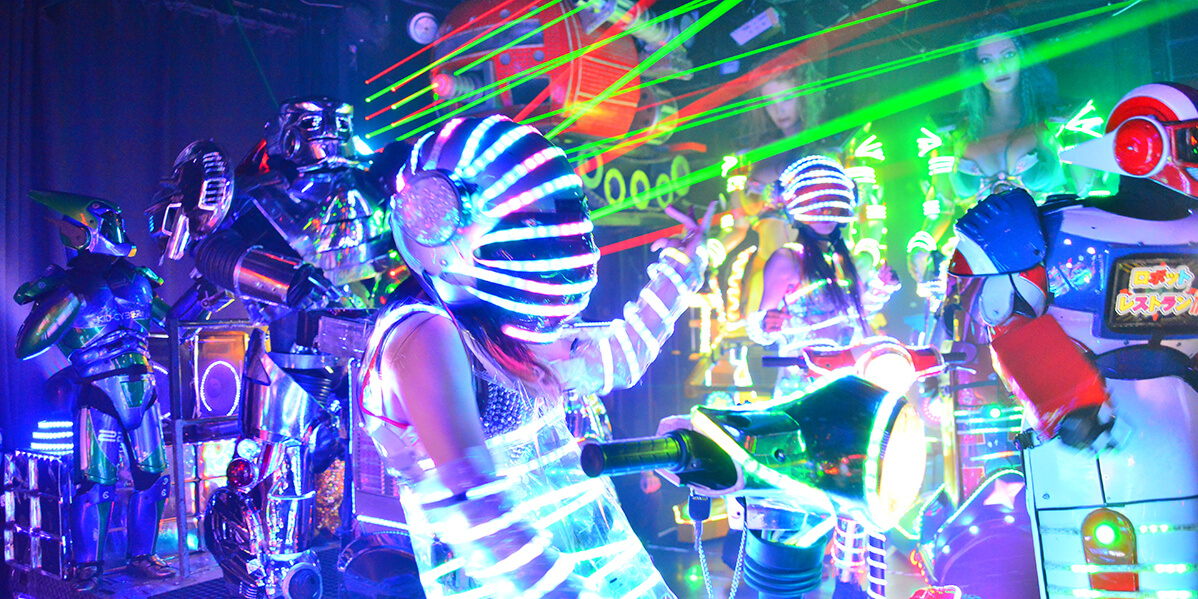
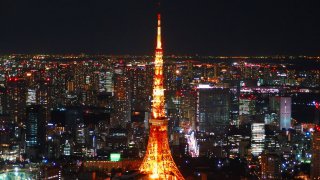
This post may contain some affiliate links. When you click through and make a purchase we may receive some commission, at no extra costs to you
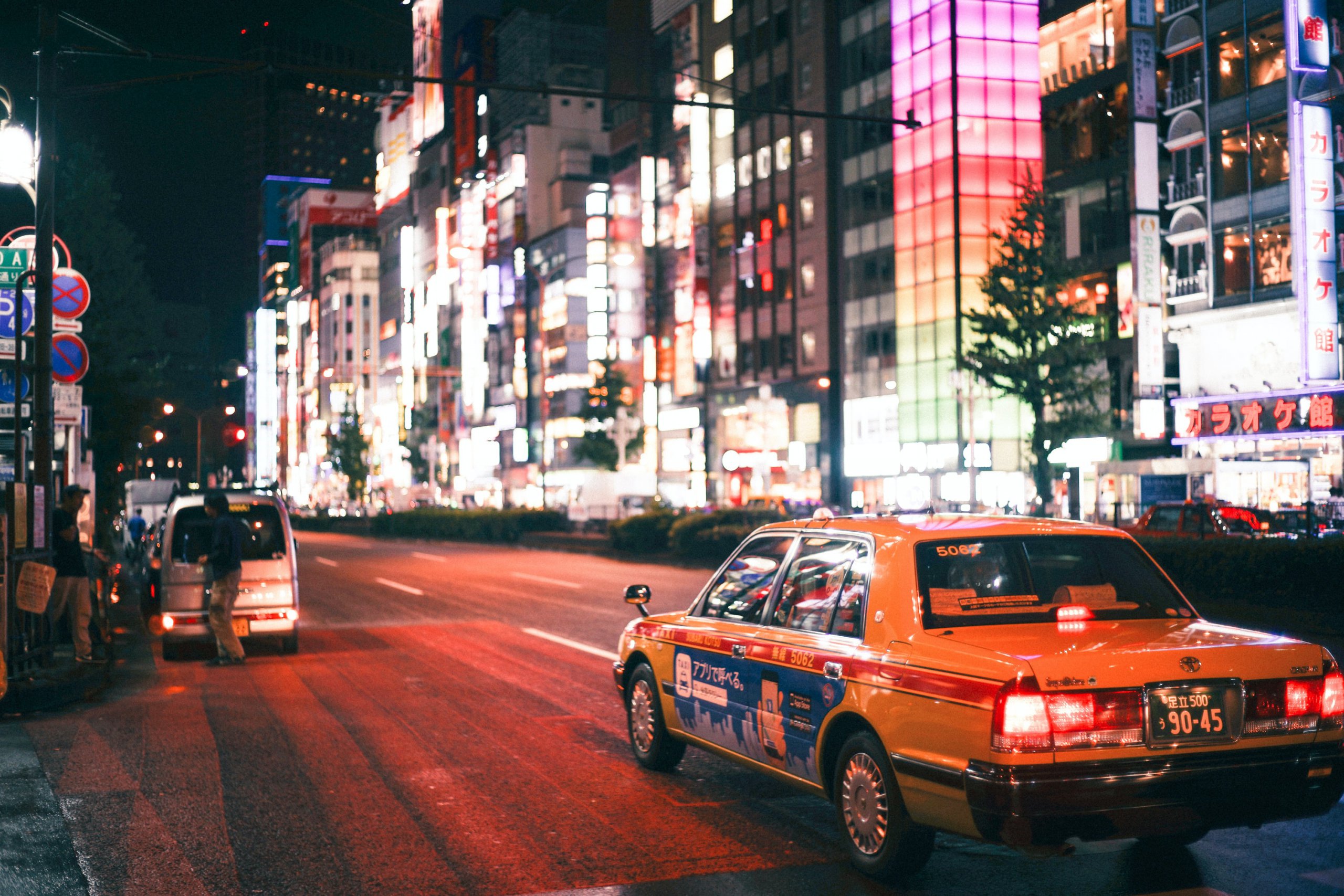
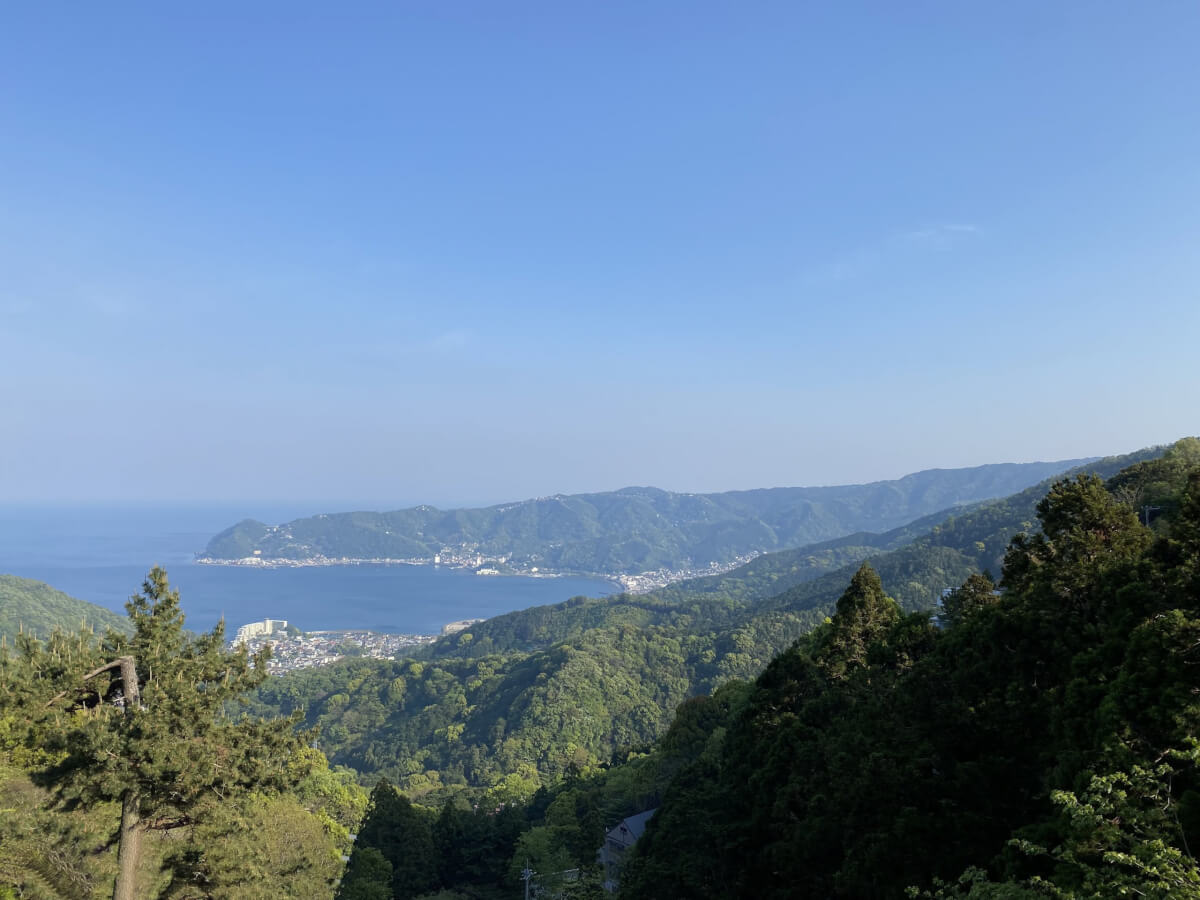
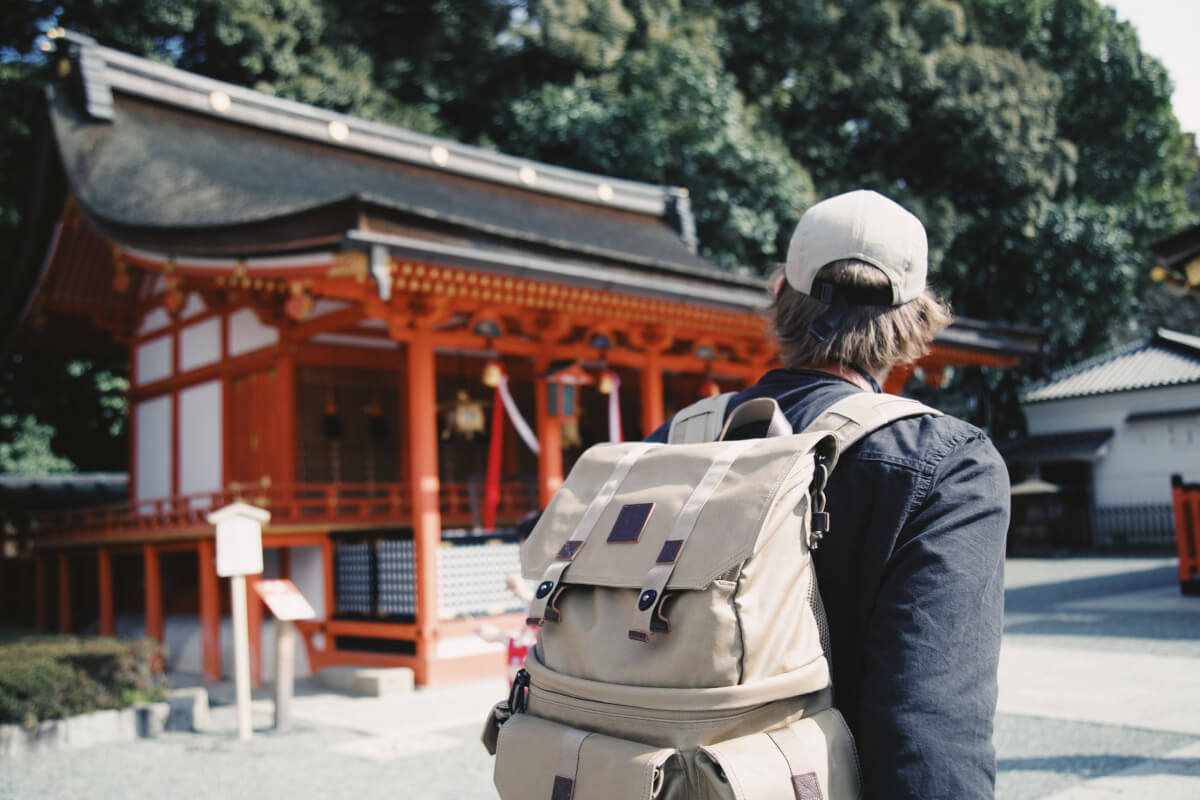
Comments
Very nice article. But, I still haven’t been to Gonpachi. I’ve heard it actually looks much smaller than it looks in the film, is that right? Being in Tokyo, I’d hardly expect it to be big anyway!
Gonpachi gives an inspiration on the film but actual shooting place was at the studio in China so that is why it looks smaller than it looks in the film.But Gonpachi looks pretty much the same in the film to me!